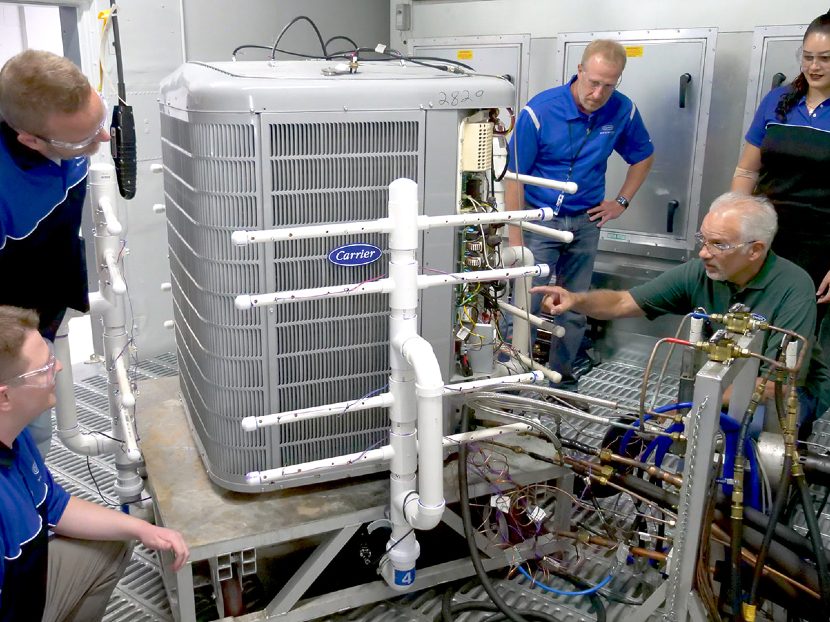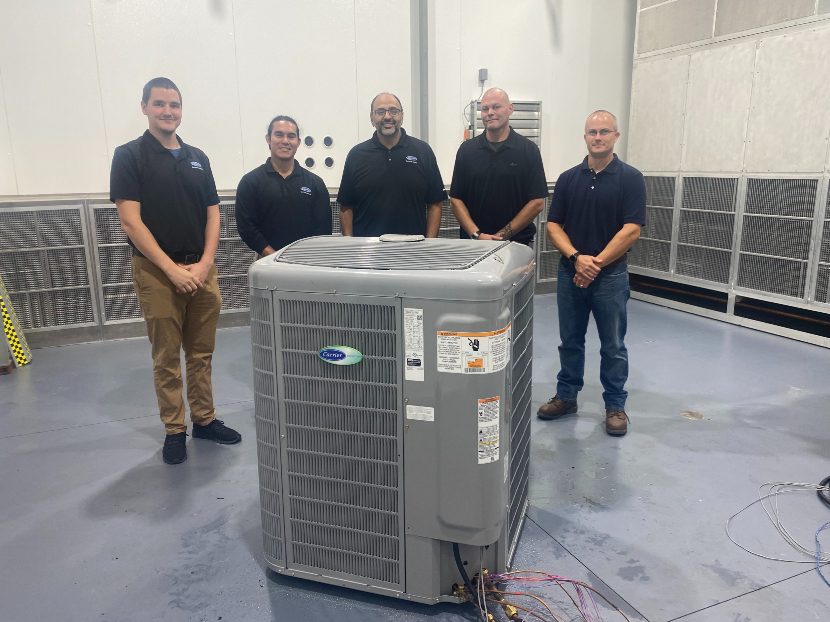Carrier to Begin Field Trials of Breakthrough Cold Climate Heat Pump Challenge Prototype








Carrier is ready for phase two of the Department of Energy's Cold Climate Heat Pump Challenge, which is field testing its prototype heat pump in a harsh climate. This milestone comes on the heels of the Inflation Reduction Act, which provides Americans access to $370 billion for clean energy investments in the form of tax credits, incentives and rebates to improve energy efficiency. The DOE's challenge aims to accelerate commercialization of heat pumps that meet comfort needs in cold climate regions of North America – thereby expanding energy-efficient and incentive-eligible heating and cooling options for consumers. Carrier is part of Carrier Global Corp., a leading global provider of healthy, safe, sustainable and intelligent building and cold chain solutions.
"We're pleased with the lab performance of our prototype heat pump and the final test results," said Justin Keppy, president, NA Residential & Light Commercial HVAC, Carrier. "Our team of dedicated engineers and product managers are hard at work continuing to develop next generation heat pumps to increase efficiency, save consumers money and benefit the environment. The federal incentives offered through the Inflation Reduction Act are critical to the adoption of high-efficiency heat pumps, and Carrier is committed to delivering innovative climate-friendly technologies."
To participate in the challenge, Carrier committed to producing a heat pump with increased cold climate performance, increased heating capacity at lower ambient temperatures, higher efficiency across a range of climate conditions, and advanced controls to adjust usage on demand.
Heat pumps continue to rise in popularity as a result of decarbonization efforts of states such as California, Washington and New York and incentives by local rebate programs. Additionally, the launch of Carrier's EcoHome program will make the transition from low-efficiency units to high-efficiency heat pumps cost-effective. Advancements in heat pump technologies are critical to supporting these initiatives and driving adoption.




